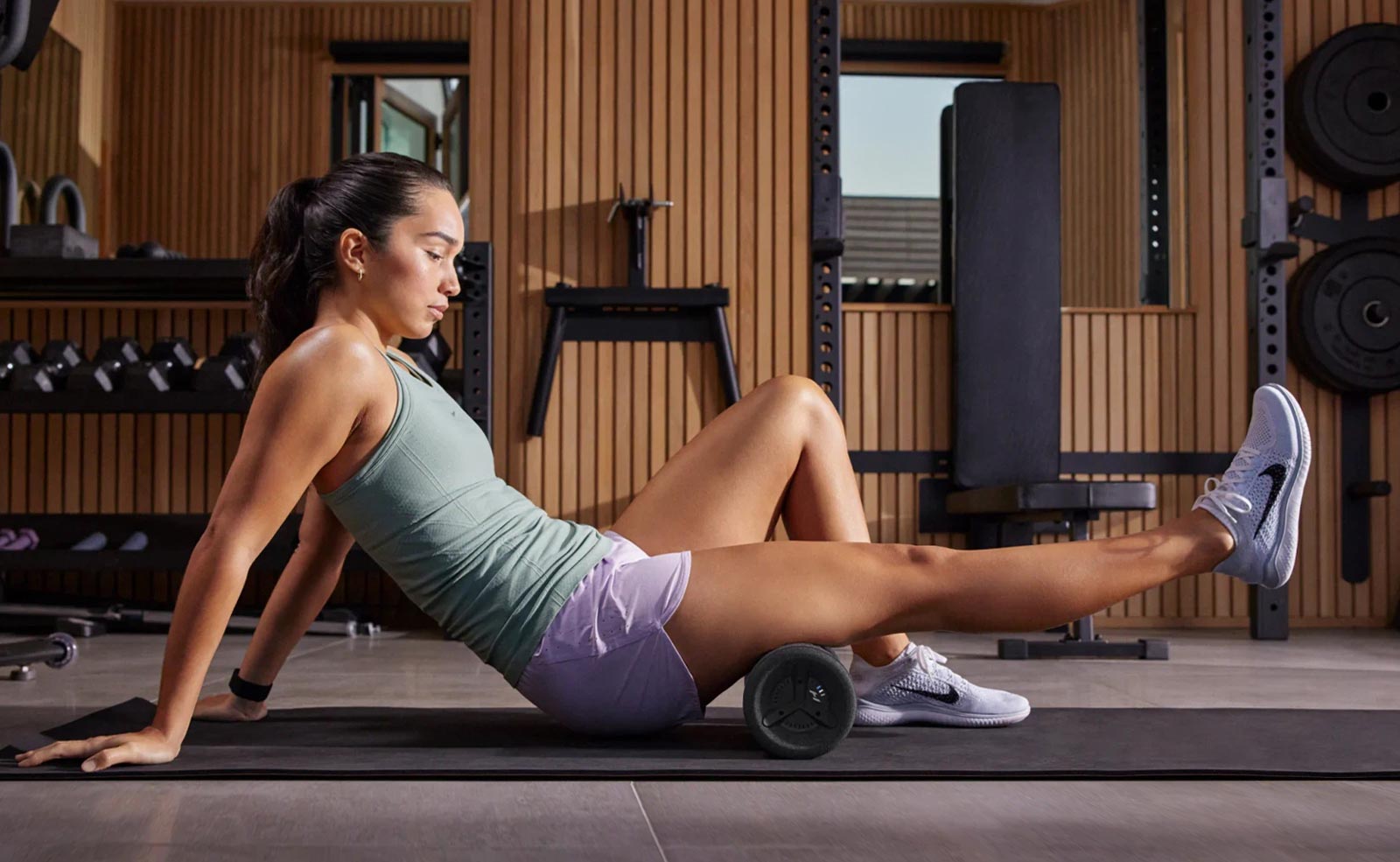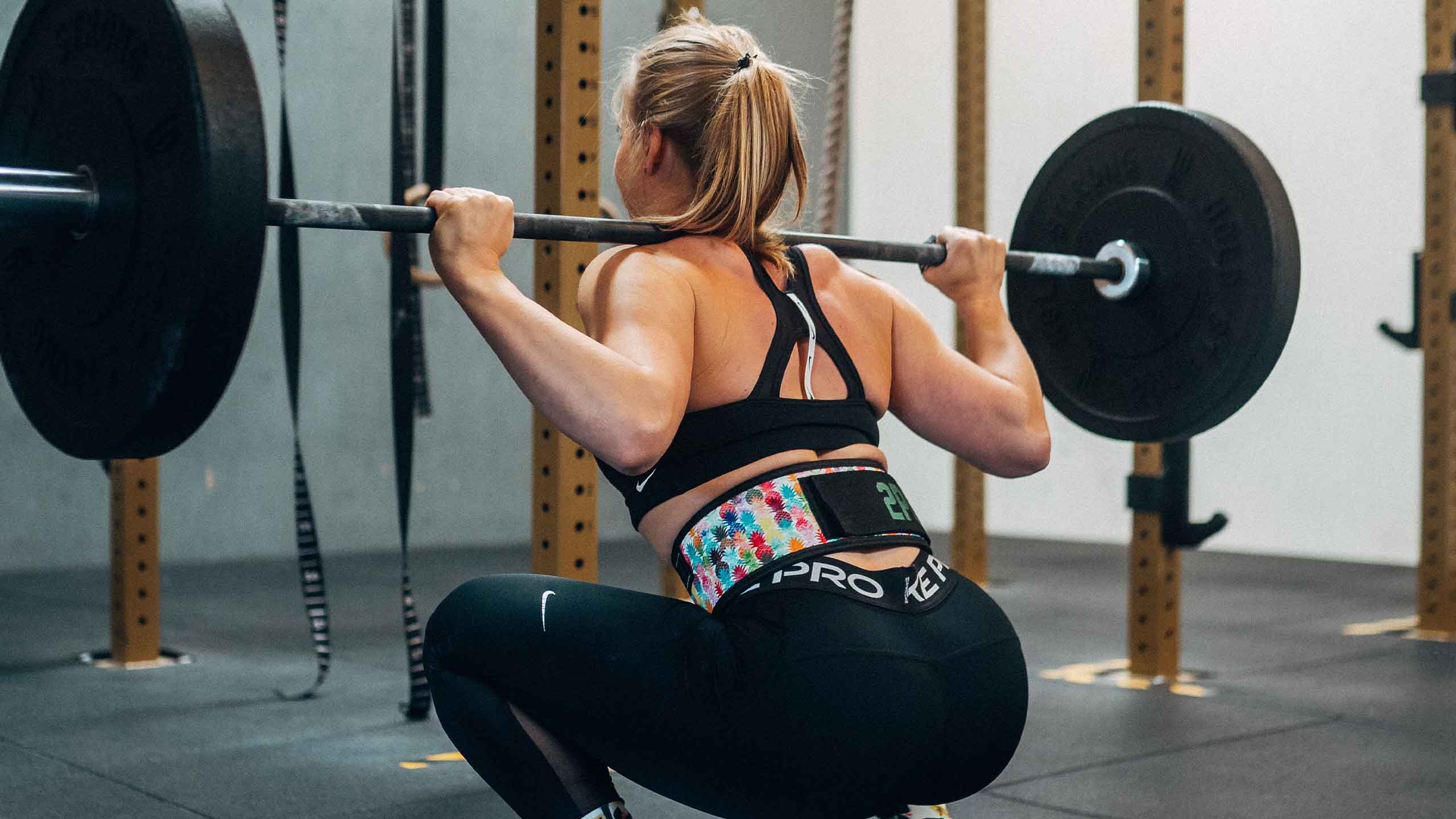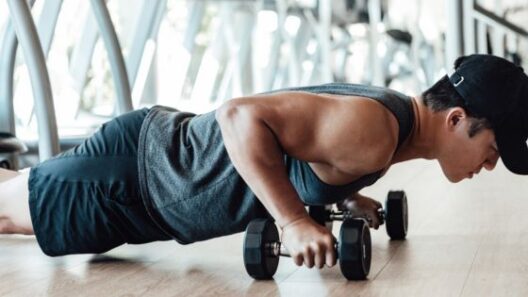Foam rolling is a popular practice among athletes and fitness enthusiasts looking to improve their physical performance and recover from workouts more effectively. By using a foam roller, individuals can apply targeted pressure to tight muscles, helping to relieve tension, enhance flexibility, and promote muscle recovery. Incorporating foam rolling into a fitness routine can lead to significant improvements in overall muscle health and function.
Understanding the best practices for foam rolling can make a difference in achieving optimal results. It involves learning how to properly use the foam roller, selecting the right one, and knowing when to include it in a workout routine. By following simple techniques, anyone can maximize the benefits of foam rolling and support their fitness goals.
Foam rolling not only aids in recovery but also supports injury prevention and enhanced performance. As more people recognize its advantages, it becomes an essential part of a holistic approach to fitness.
Key Takeaways
- Foam rolling helps relieve muscle tension and enhances flexibility.
- Proper techniques are essential for maximizing foam rolling benefits.
- Regular foam rolling supports recovery and reduces the risk of injuries.
Understanding Foam Rolling
Foam rolling is a widely used technique for muscle recovery and tension relief. It focuses on myofascial release and can improve flexibility and range of motion.
What Is Foam Rolling?
Foam rolling involves using a foam roller to apply pressure on different muscle groups. This technique helps relieve muscle tightness and soreness by promoting blood flow to the targeted areas. Users roll their bodies over the foam roller, utilizing their body weight to adjust the pressure.
Common areas to foam roll include the calves, thighs, and back. Regularly incorporating foam rolling into a fitness routine can enhance overall muscle health. It is suitable for both athletes and those with sedentary lifestyles, providing significant recovery benefits.
The Science Behind Myofascial Release
Myofascial release focuses on the fascia, which is connective tissue surrounding muscles. Foam rolling aids in loosening tight fascia, contributing to improved muscle function.
The pressure applied during foam rolling encourages blood circulation, helping to clear waste products and promote healing. This process can also help increase range of motion, allowing for better performance during physical activities.
When muscles and fascia are sore or tight, foam rolling may provide instant relief. This self-myofascial release technique can be especially useful after workouts or long periods of inactivity.
Different Types of Foam Rollers
There are various types of foam rollers available, each serving different purposes. The most common types include smooth rollers and textured rollers.
- Smooth Rollers: These provide a gentle experience, ideal for beginners or sensitive areas. They help with overall muscle relaxation.
- Textured Rollers: These have ridges and bumps that can penetrate deeper into muscle tissues. They are effective for targeting specific knots and tight spots.
- Vibrating Foam Rollers: These add a vibration feature for enhanced muscle activation and recovery. They can be particularly helpful for athletes looking to intensify their foam rolling sessions.
Choosing the right foam roller depends on personal comfort and specific needs.

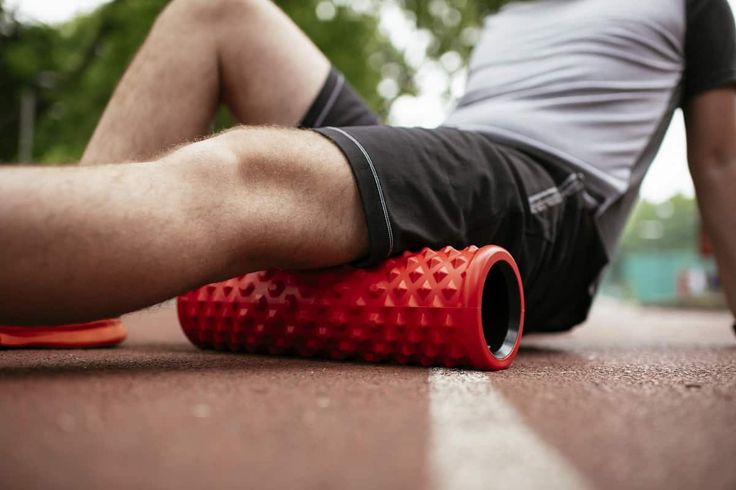
Practical Foam Rolling Techniques
Foam rolling is a valuable practice for improving mobility and relieving muscle tightness. Knowing how to use a foam roller effectively can enhance its benefits. This section covers proper usage, common mistakes, and targeted exercises for major muscle groups.
Proper Usage of a Foam Roller
To use a foam roller effectively, position it under the targeted muscle group. Apply body weight gradually, easing into the pressure. Roll slowly back and forth, spending around 30 seconds to one minute on each area.
Try to breathe deeply and relax the muscles being worked on. Focus on high-tension spots, known as “trigger points.” It’s important to adjust the pressure according to comfort levels. If something feels painful, reduce the weight or shift position.
For best results, foam roll before and after workouts. This practice allows muscles to recover and can help prevent injuries.
Common Mistakes to Avoid
Many people make mistakes that limit the effectiveness of foam rolling. One common error is rolling too fast. This reduces the ability to release tension in the muscles.
Another mistake is focusing on one area for too long. It can lead to soreness or bruising. Instead, spend equal time on each muscle group.
Additionally, some individuals avoid painful areas. While it may be uncomfortable, gently applying pressure on tight spots aids in muscle recovery. Lastly, avoid using a foam roller on bones or joints. It can cause injury and does not provide any benefits.
Foam Rolling Exercises for Major Muscle Groups
Including various foam rolling exercises can help target specific muscle groups effectively. Here are a few key areas:
- Upper Back: Lie on the roller lengthwise and roll from the base of the neck to the mid-back.
- Quads: Position the roller under your thighs and roll from the hips to the knees, keeping the body supported on the elbows.
- Hamstrings: Sit with the roller under the back of your thighs, then push through the heels while rolling toward the buttocks.
- Glutes: Sit on the roller and lean to one side, rolling over the glute for deeper pressure.
- IT Band: Lie on your side with the roller under the outer thigh, rolling from the hip to the knee.
- Calves: Sit with the roller under your calves and use body weight to apply pressure while rolling toward the knees.
These exercises can enhance flexibility and support self-myofascial release (SMR) effectively.
Foam Rolling for Recovery and Performance
Foam rolling can greatly impact both recovery and performance in athletes. This technique helps enhance athletic abilities while reducing muscle soreness, which is crucial for consistent training.
Enhancing Athletic Performance
Foam rolling plays a key role in improving flexibility and mobility. By targeting tight muscles, it helps release tension in the fascia, allowing for greater range of motion.
This increased flexibility can lead to more effective, powerful movements during performance. Athletes often include foam rolling in their warm-up routines as it prepares muscles for activity.
Using a foam roller can enhance blood circulation. Improved blood flow ensures that muscles receive the nutrients needed for peak performance.
Reducing Soreness and Improving Recovery
Foam rolling is effective in reducing muscle soreness after intense workouts. It helps decrease delayed onset muscle soreness (DOMS), which can occur 24 to 48 hours post-exercise.
By using a foam roller, athletes can alleviate tightness and discomfort, leading to quicker recovery times. This self-myofascial release technique reduces inflammation in the muscles, promoting healing.
Incorporating foam rolling into a cooldown routine helps remove metabolic waste from muscles. This speeds up recovery and prepares the body for the next workout.
Integrating Foam Rolling into Fitness Routines
To get the best results, foam rolling should be part of a regular fitness routine. Athletes can include it as a warm-up to prepare their muscles for activity.
During cooldown, it can effectively relieve soreness and promote recovery. Suggested areas to focus on include the back, quads, hamstrings, and calves.
Creating a daily routine around foam rolling can also maintain muscle health. Spending about 10-15 minutes per session helps ensure muscles stay flexible and relaxed.
Choosing the right foam roller is important. Athletes can opt for different densities based on their comfort levels and needs.
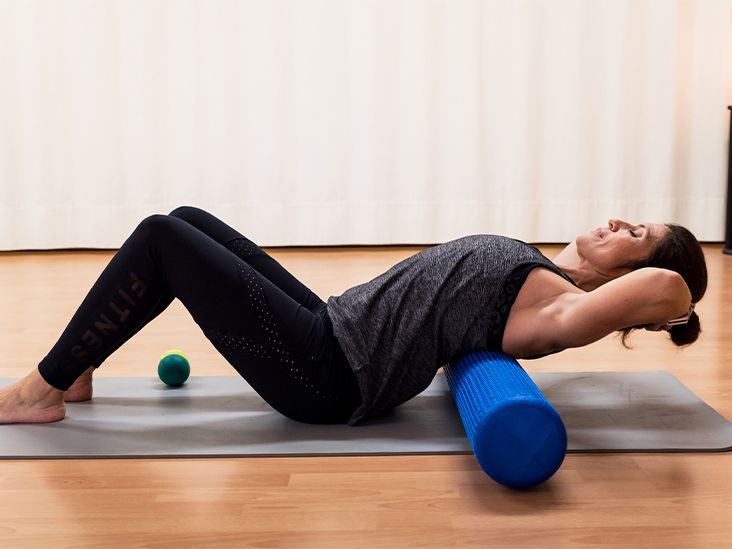
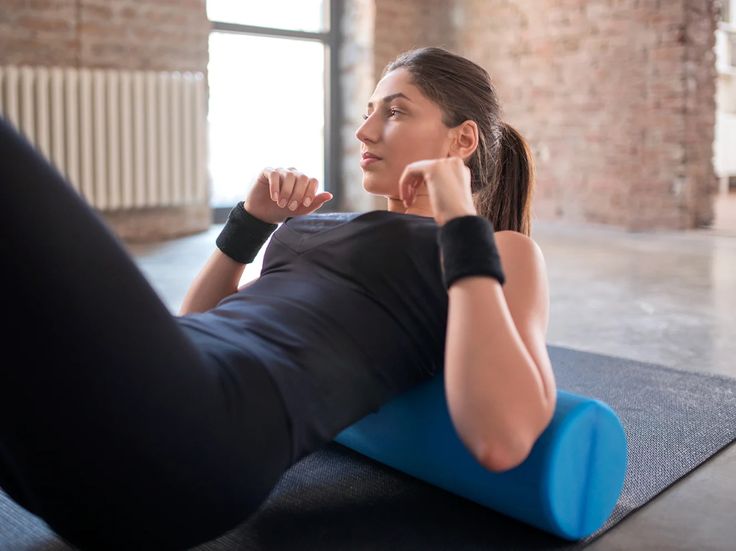
Additional Benefits and Considerations
Foam rolling offers various advantages beyond just muscle recovery. It can play a role in managing stress, addressing chronic conditions, and ensuring the right tools are used for effective results. Understanding these aspects can enhance the overall experience and effectiveness of foam rolling.
Foam Rolling and Stress Reduction
Foam rolling can promote relaxation by easing muscle tension. When muscles are tight, it can lead to increased stress levels. By rolling out these tight areas, individuals may experience decreased stress, which helps improve mental well-being.
Additionally, the act of foam rolling stimulates increased blood flow, which contributes to better circulation. Improved circulation can lead to a feeling of overall relaxation in the body. Engaging in regular foam rolling sessions can become a form of self-massage that helps alleviate daily stressors.
Addressing Chronic Conditions and Muscle Knots
Foam rolling can be beneficial for individuals with chronic conditions like fibromyalgia. This technique targets trigger points, often referred to as muscle knots, that can cause discomfort and pain. By applying pressure to these areas, foam rolling can help to release tension.
As the muscle knots are released, better blood flow is achieved, aiding recovery. Regular use of foam rollers can enhance muscle health and mobility, reducing the occurrence of these painful knots. For many, foam rolling becomes an essential part of managing chronic pain and discomfort.
Choosing the Right Foam Roller for Your Needs
Selecting the appropriate foam roller is crucial for achieving desired results. Different types of rollers are available, including those that are smooth, textured, or of varying density.
Factors to consider:
- Firmness: Softer rollers are better for beginners or those with sensitive muscles, while firmer rollers can provide deeper pressure.
- Texture: Textured rollers can target specific muscle knots more effectively, while smooth ones are great for general use.
By understanding these features, individuals can make informed choices to enhance their foam rolling experience and get the most benefit from the practice.
